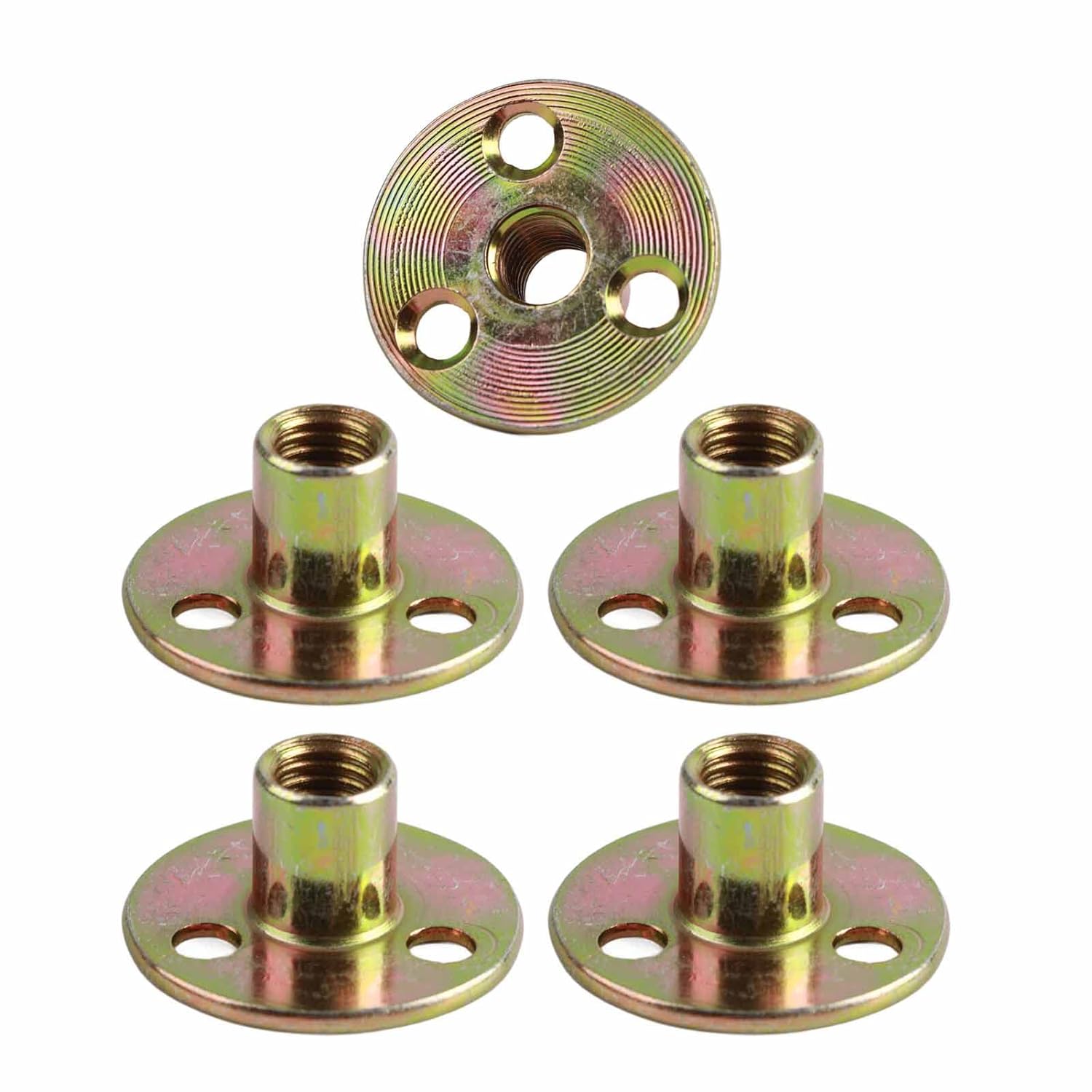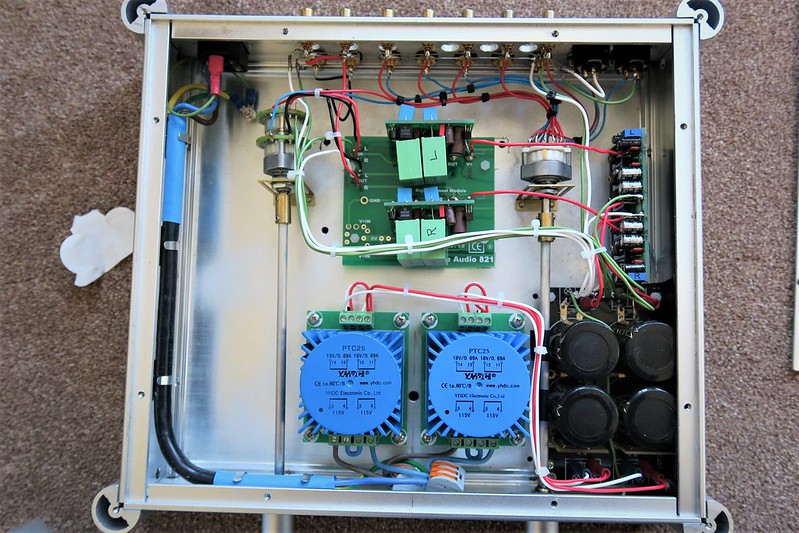Avon
pfm Member
Pots etc. can be a pain to mount through a hole in the chassis. The shaft is often too long and the anti-rotation tab can get in the way. Is there an M8 flanged / through hole "nut" perhaps, which could be glued to the front of the case, and allow the pot to be screwed back, until the shaft has the correct protrusion? Using Google doesn’t seem to find anything particularly suitable for use with pots.




